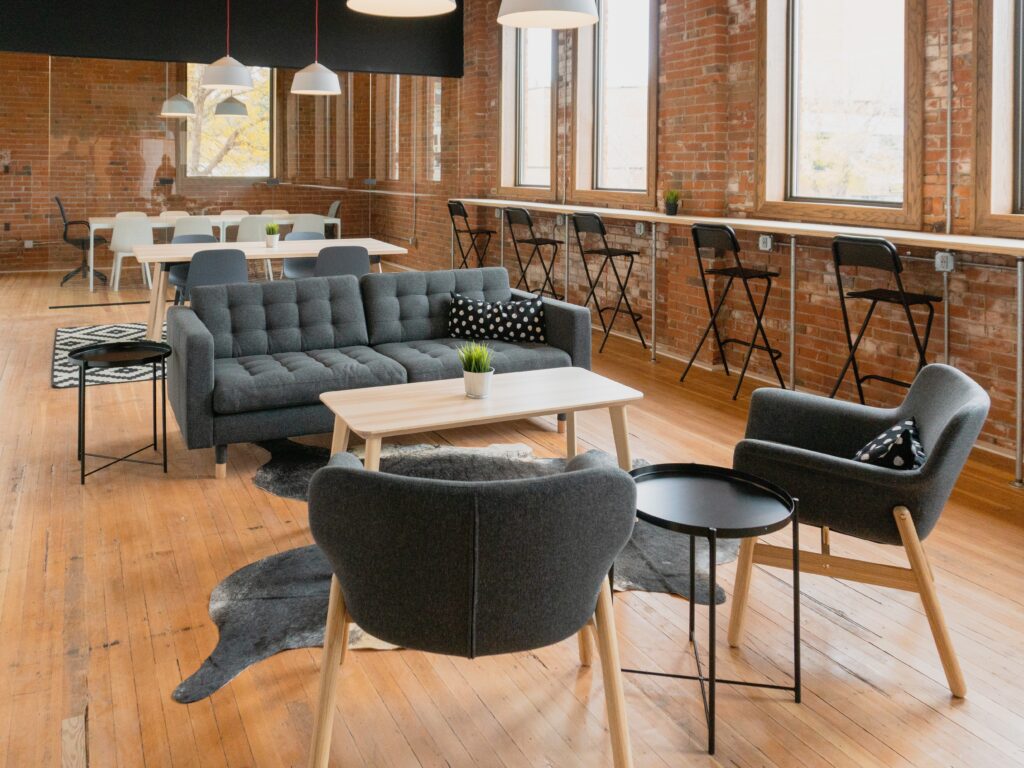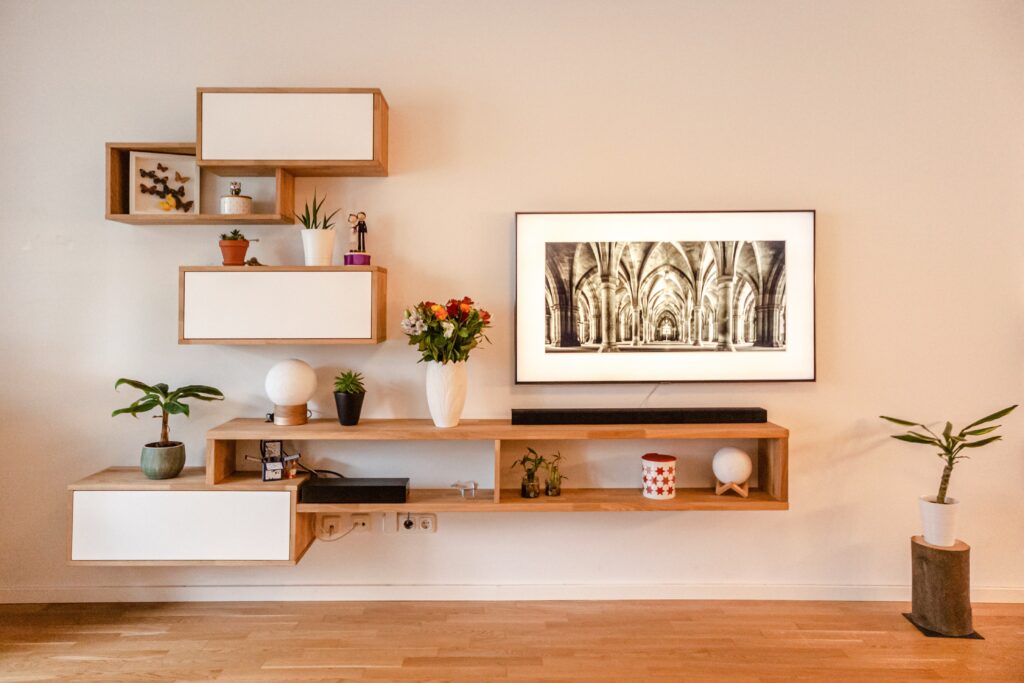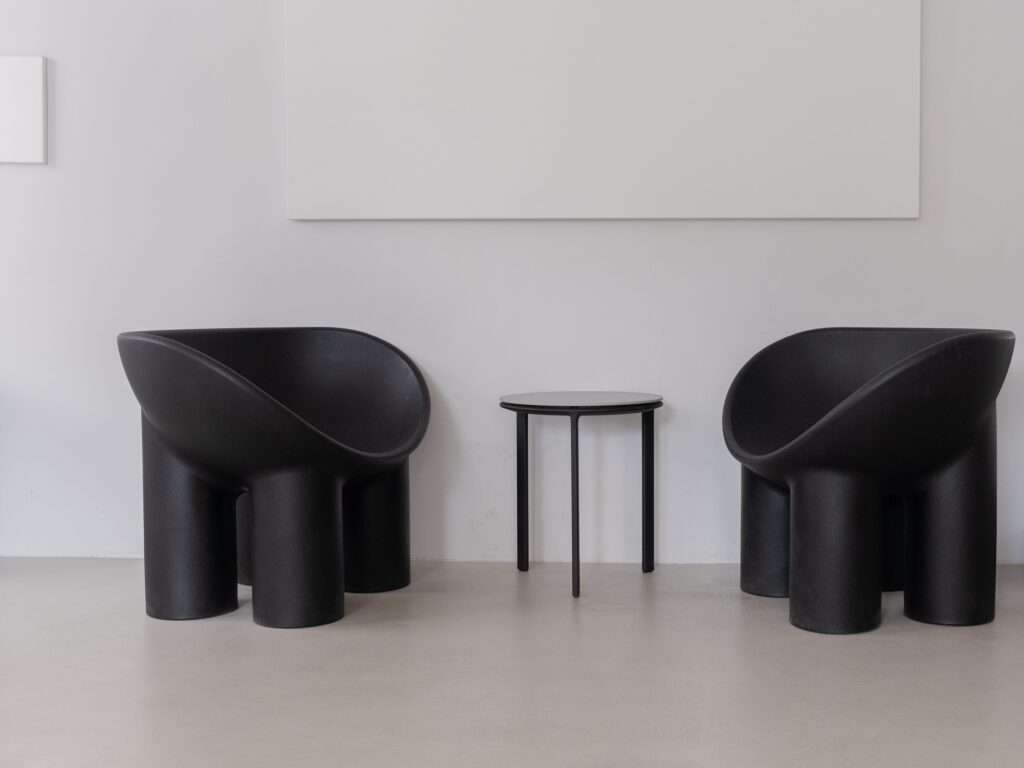Minimalism is more than just a design trend; it’s a lifestyle that encourages simplicity, mindfulness, and intentional living. When it comes to furniture, embracing minimalism can have a profound impact on your home’s aesthetics, functionality, and overall well-being.
This article delves into the idea of minimalist furniture, its advantages, and provides insights on integrating it into various rooms.
So, let’s dive in and discover the beauty of embracing minimalism with furniture.
Understanding Minimalist Furniture
Minimalist furniture is characterized by its simplicity, clean lines, and lack of unnecessary ornamentation. It focuses on essential elements and eliminates excessive embellishments. The core principle of minimalist furniture is to create a sense of calm and harmony by reducing visual clutter and promoting functionality.
Minimalist furniture often features neutral colors, such as white, black, or earth tones, and is made from natural materials like wood, metal, or leather. It prioritizes quality craftsmanship and durability over trendy designs.

Benefits of Embracing Minimalism in Furniture
Increased functionality and versatility
Minimalist furniture is designed with practicality in mind. It eliminates unnecessary features and maximizes functionality. With clean lines and streamlined designs, minimalist furniture offers versatility and adaptability, making it suitable for various interior styles and room layouts.
Enhanced aesthetics and simplicity
By focusing on simplicity and clean design, minimalist furniture brings a sense of elegance and sophistication to your space. Its understated beauty allows other design elements to shine and creates a visually appealing and harmonious environment.
Improved space utilization
One of the significant advantages of minimalist furniture is its ability to optimize space utilization. With its sleek and compact designs, minimalist furniture takes up less visual and physical space, making it ideal for small apartments or rooms with limited square footage.
Reduced clutter and stress
Cluttered spaces can contribute to stress and anxiety. Minimalist furniture promotes a clutter-free environment by encouraging you to only keep the essentials. By embracing minimalism, you can create a calming atmosphere that fosters relaxation and tranquility.

Choosing Minimalist Furniture for Different Rooms
Living room
In the living room, focus on essential pieces such as a comfortable sofa, a coffee table, and a minimalist entertainment center. Opt for clean-lined designs and neutral colors to maintain a sense of openness and simplicity.
Bedroom
For the bedroom, select a minimalist bed frame, a sleek dresser, and nightstands with clean and uncluttered designs. Incorporate calming color schemes and soft textures to create a serene and peaceful atmosphere.
Dining room
In the dining room, opt for a minimalist dining table and chairs. Choose pieces with simple shapes and natural materials. Keep the table setting minimal and elegant, allowing the food to take center stage.
Home office
In your home office, prioritize functionality and organization. Invest in a minimalist desk with built-in storage solutions and a comfortable ergonomic chair. Keep the desk free from unnecessary items to promote focus and productivity.

Incorporating Minimalist Design Principles
Decluttering and organizing
Before incorporating minimalist furniture, declutter your space and organize your belongings. Eliminate possessions that are no longer needed or utilized. Embrace a “less is more” mindset and only keep items that bring you joy or serve a purpose.
Optimal furniture placement
Proper furniture placement is crucial in creating a minimalist environment. Organize your furniture in a manner that optimizes both space and the flow of movement. Leave enough room for movement and ensure that each piece serves a functional purpose.
Color schemes and materials
Choose a neutral color palette for your walls and furniture to maintain a sense of simplicity and harmony. Natural materials like wood and stone can add warmth and texture to your space while aligning with minimalist principles.
Minimalist decor elements
When it comes to decor, less is more. Incorporate minimalist artwork, plants, or carefully selected decorative objects to add personality and visual interest to your space. Focus on quality over quantity and choose items that complement the overall aesthetic.
Sustainable and Eco-Friendly Aspects of Minimalist Furniture
Minimalism and sustainability are closely intertwined, emphasizing eco-friendliness. When selecting minimalist furniture, consider the following aspects:
Using environmentally-friendly materials
Opt for furniture made from sustainable and renewable materials. Look for certifications like FSC (Forest Stewardship Council) or choose reclaimed wood options. Avoid furniture with harmful chemicals or toxins.
Promoting longevity and durability
Make a worthwhile investment in durable, high-quality furniture designed for long-term use. Well-crafted minimalist pieces are designed to withstand the test of time, reducing the need for frequent replacements and contributing to a more sustainable lifestyle.
Supporting ethical production practices
Choose brands that prioritize fair trade and ethical production practices. Ensure that workers are paid fair wages and work in safe conditions. By supporting responsible manufacturers, you contribute to a more equitable and sustainable industry.

Tips for Creating a Minimalist Interior Design
Start with a clean slate
Clear out your space and start fresh. Take the opportunity to reevaluate your belongings and make intentional choices about what to keep and what to let go of. This will help you create a clutter-free foundation for your minimalist design.
Focus on essential pieces
Only invest in furniture and decor items that serve a functional or aesthetic purpose. Avoid unnecessary additions that can contribute to visual clutter. Each piece should have a clear intention and contribute to the overall harmony of the space.
Quality over quantity
Instead of filling your space with numerous low-quality items, opt for a few high-quality pieces. Quality furniture not only lasts longer but also adds a touch of sophistication and luxury to your home.
Mindful consumption
Practice mindful consumption by considering the environmental and social impact of your purchases. Before buying new furniture, explore secondhand options, repurpose existing pieces, or support local artisans who create sustainable and unique designs.
Overcoming Challenges in Embracing Minimalism
Emotional attachment to possessions
Letting go of sentimental or emotionally significant items can be challenging. Understand that memories are not tied to physical objects and focus on the value of creating a clutter-free and peaceful environment.
Striking a balance between minimalism and functionality
Minimalism doesn’t mean sacrificing functionality. Choose furniture that serves your needs without compromising the minimalist aesthetic. Look for innovative storage solutions and multi-purpose pieces to optimize space and functionality.
Dealing with societal pressure and trends
In a world driven by consumerism, embracing minimalism can be seen as unconventional. Remember that minimalism is a personal choice that aligns with your values and priorities. Stay true to your vision and create a space that reflects your individuality.

Conclusion
Embracing minimalism with furniture offers a multitude of benefits, including increased functionality, enhanced aesthetics, and reduced clutter. By choosing minimalist designs, incorporating sustainable materials, and practicing mindful consumption, you can create a harmonious and peaceful living space. Overcoming challenges such as emotional attachment and societal pressure will ultimately lead to a more intentional and fulfilling lifestyle. So, start decluttering, choose quality over quantity, and enjoy the beauty of minimalism in your home.
FAQs
1. Is minimalism suitable for all interior design styles?
Yes, minimalism can complement various interior design styles. Its clean and simple aesthetic allows it to blend seamlessly with modern, Scandinavian, and even traditional designs.
2. Can I still have personal touches and decorations in a minimalist space?
Absolutely! Minimalism encourages intentional and curated decor. You can showcase personal items and incorporate meaningful decorations as long as they align with the overall minimalist principles of simplicity and functionality.
3. Is minimalist furniture more expensive than traditional furniture?
While minimalist furniture can come with a higher price tag due to its focus on quality craftsmanship and sustainable materials, it is an investment that pays off in the long run. The durability and timelessness of minimalist pieces often outweigh the initial cost.
4. Can I achieve a minimalist look without getting rid of all my belongings?
Minimalism does not entail getting rid of all your possessions. It’s about consciously choosing what adds value to your life and letting go of what doesn’t. You can start by decluttering and organizing your possessions and gradually embrace a more minimalist mindset.
5. Where can I find minimalist furniture options?
There are various options available for minimalist furniture. You can explore local furniture stores, online retailers specializing in minimal designs, or even consider custom-made pieces from local artisans. Remember to prioritize quality and sustainability when making your choices.
